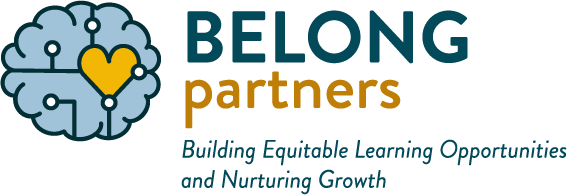Education is undergoing another major transition. There are voices of power from state governments, districts, and school administrators attempting to balance pandemic safety needs and the learning needs of youth. All stakeholder voices should be heard in the planning and reimagining of education, including students’ voices. Students have a unique perspective on classrooms, schools, and the education system. If we actively seek their contributions to both identify problems and offer potential solutions, we can tap into creative ideas and empower students in the process. Providing opportunities for meaningful student input requires adults in education to prioritize asking rather than telling, and to be willing to share power and listen deeply. Nurturing students’ abilities to contribute and lead can have significant benefits during this time of uncertainty, improving classrooms, schools, and entire systems. Giving students a voice inspires engagement and learning. Here are a few ideas to consider:
- Educators can start with a small step: rather than telling students what to do, formulate questions that will help them think of solutions. For example, once a routine has been established, ask, “What will you need for reading group right now?” or “What has to happen before we can leave for the day?”
- As you move to hybrid schedules or back into in-person learning, utilize this new beginning to build a culture of cooperation and contribution. Use a process for students to co-create guidelines and agreements for their class. Revisit them regularly, both when they are working, as well as when they aren’t.
- Show faith in students’ capabilities to plan and problem solve. When students struggle with a problem and find solutions that work for them, it builds resilience and a sense of capability. A great way to practice problem-solving in the classroom is to use Positive Discipline classroom meetings.
- Decisions are being made about new ways of implementing hybrid, virtual and safe in-person schooling. How could you include student voice in the development of these plans? Consider feedback surveys for the entire student body. Create student leadership teams and make them part of discussions. This article from Next Generation Learning Challenges features many ideas and examples of how students can contribute to redesigning education when given the opportunity.
- Psychologist Alfred Adler explained that a crucial part of a person’s well-being is their awareness that they live within a social context where they both benefit from the community and are willing and capable to give back to the community. Inviting students to be a part of caring for their school community through problem-solving and planning contributes to their well-being.
- This past year, we saw students active and engaged in addressing climate change, voter suppression, and in the Black Lives Matter movement. The power and presence of the youth leadership was admirable. How can educators honor this energy and momentum in the school and classroom?
